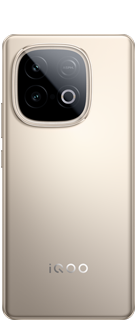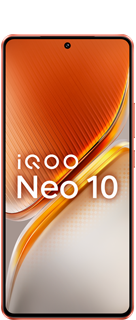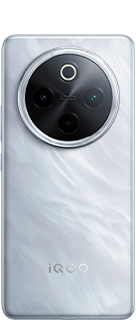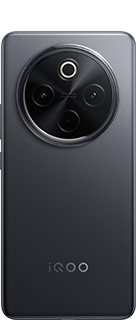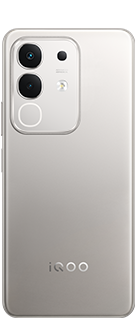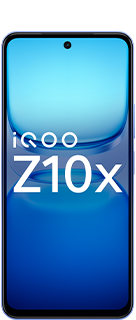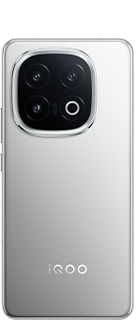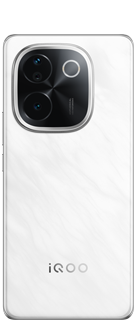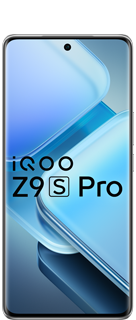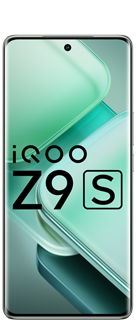5G Knowledge -> Spectrum Part 2
5G Spectrum
The 5G spectrum is one of the most valuable and expensive assets for telecom operators, with investments running into millions of dollars for just a few megahertz of spectrum. Given the high stakes, choosing the right spectrum is critical for any telco's success.
As we exhaust the lower frequency bands used in legacy technologies, 5G offers more flexibility with higher frequency ranges. There are two primary frequency ranges in 5G:
1. Frequency Range 1 (FR1): 450 MHz to 7 GHz
These are lower frequency bands with smaller bandwidth chunks. For example, up to 45 MHz is available in the 900 MHz range. While mid-band options like the 3.5 GHz (N78 band) provide larger bandwidths. FR1 offers better coverage but comes with limitations on throughput and data rates.
2. Frequency Range 2 (FR2): 24 GHz to 52.6 GHz
Known as millimeter wave (mmWave), FR2 offers much larger bandwidth chunks, around 3,000 MHz per category, enabling significantly higher data speeds. However, the trade-off is reduced coverage compared to lower bands, making FR2 ideal for high-capacity but smaller coverage areas.
The Trade-Off: Coverage vs. Capacity
Lower frequencies (FR1) provide broader coverage but with lower data rates, while higher frequencies (FR2) offer higher capacity and throughput but cover smaller areas. To optimize both, telcos need a balanced mix of low, mid and high-frequency bands to provide strong coverage alongside the capacity to handle high data demands.

Please sign in
Login and share




